A simple observation
Imagine a sugar cane farm in Highland, in the parish of St. Thomas, around 1858. A sharp-eyed farmer, Irenaeus Harper, notices something unusual in small plants: their leaves have a sharp edge, a characteristic unique to cane, absent from the surrounding wild grasses. This seemingly trivial detail was the key to his thinking: if these young shoots had the same cutting blades as the mother plant, then they could only come from it.
Until then, people believed sugar cane was sterile: it could only be propagated using cuttings. Harper realized these seedlings had grown from seeds that dropped to the ground, revealing that cane could reproduce naturally.
Persistently, Harper convinced the farm owner, Parris, initially incredulous, that these seedlings came from cane seeds, not invasive plants.
For three decades, the idea remained in its infancy; some planters, including Parris, experimented, others remained sceptical. Only with the breeding work of John Redman Bovell and John Harrison in the 1880s did growers begin to seriously pursue this possibility. The West Indies Central Sugarcane Breeding Station, founded in 1888, is partly due to this initial breakthrough.

Research and innovation
The transformation didn't happen overnight. Harper was not a laboratory researcher, but his observation planted a seed in people's minds. Thanks to decades of selections, crossings, and experiments, growers learned to harness the cane's ability to produce viable seeds. This made it possible to develop new varieties that were more resiliant, sweeter, resistant to diseases or better suited to different soil conditions.
Today, the West Indies Sugarcane Breeding Station has a seed bank. Using these seeds, the station collaborates with local farms and production sites, including Stade's West Indies Rum Distillery, to develop canes optimized for rum production. The Harper Sugarcane Mill, a product of this historic partnership, can process between five to seven tons of cane per hour, and this fresh, optimized juice goes into the production of expressions of Stade's rum.
Harper Sugar Cane Mill: a meaningful name
By naming our mill "Harper Sugar Cane Mill", we celebrate the visionary spirit of a man whose intuition paved the way for research and cultivation of cane.
The mill sits at the centre of a modern facility: at the crossroads of a farm, a research centre, and a production site, directly connected to the Stade's West Indies Rum Distillery. Each litre of cane juice embodies the spirit of Harper, his curiosity, and his drive to innovate from a detail (the sharpness of a leaf) that no one had noticed.
The story of Irenaeus Harper is a reminder that great revolutions can be born from small observations. His courage to question an established belief put Barbados on the map for sugar cane research worldwide.
When you hear "Harper Sugar Cane Mill", think of that farm, that leaf, that intuition. And imagine each drop of cane juice and rum produced here as a living echo of that initial curiosity.
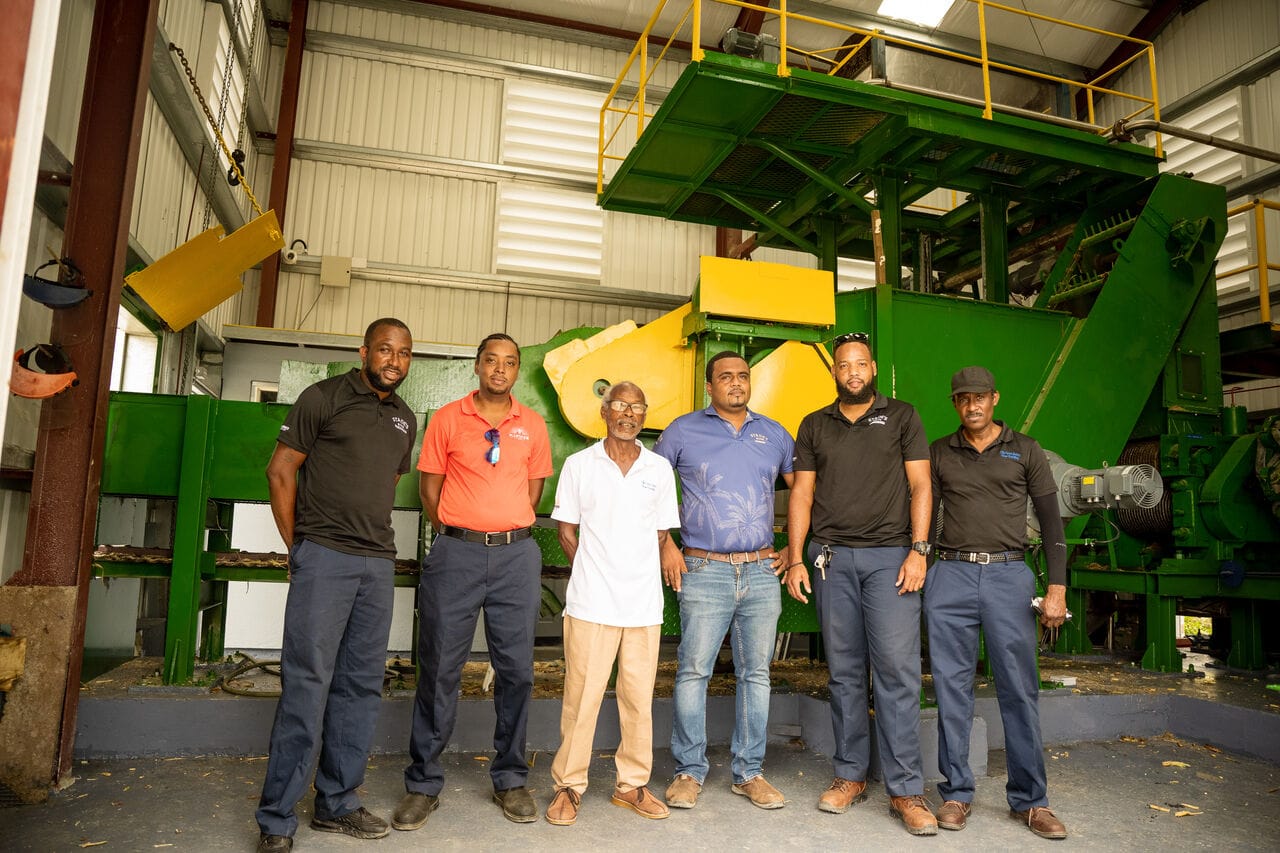


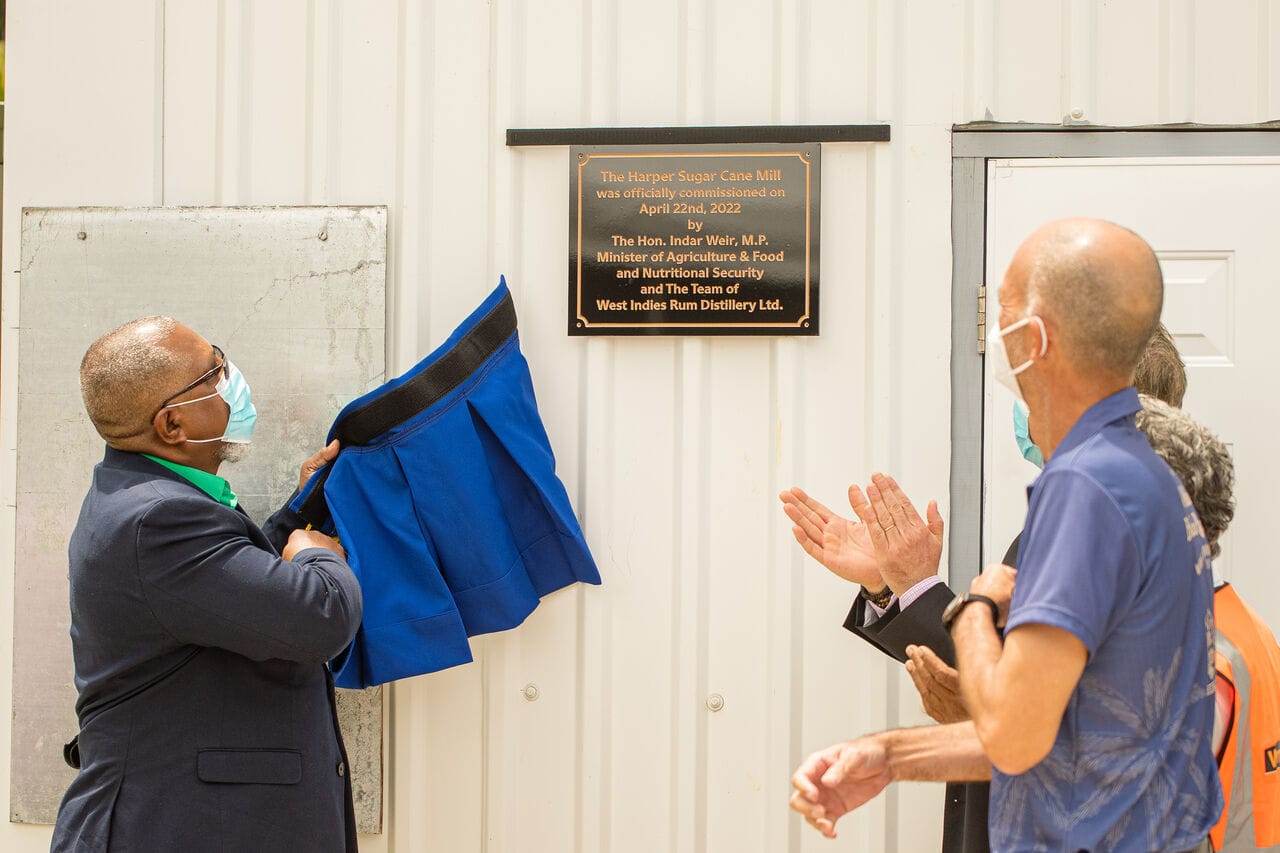
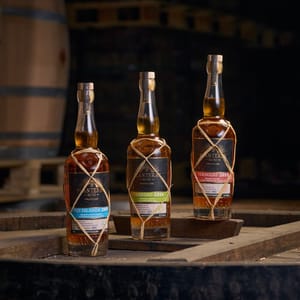
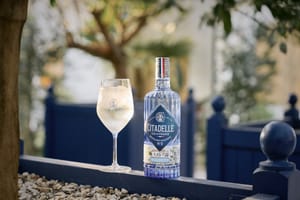
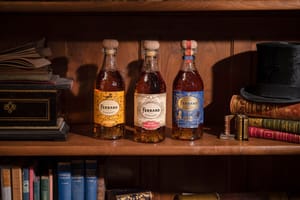

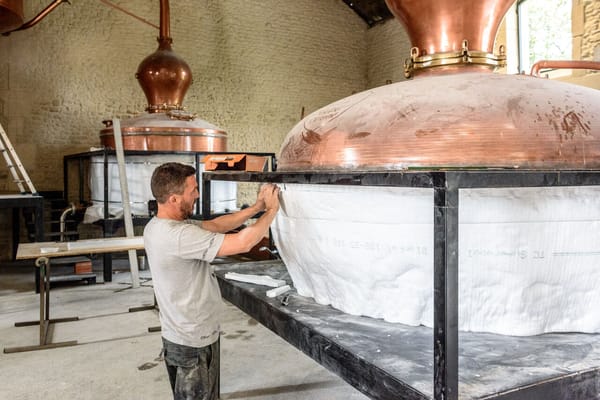

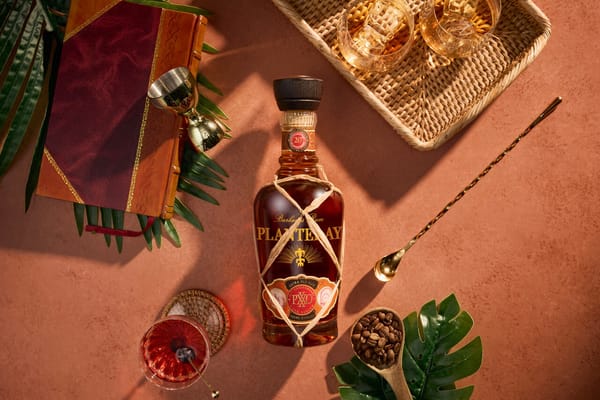
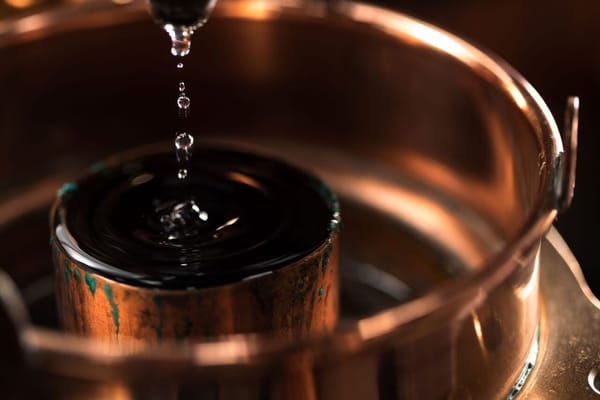
Member discussion